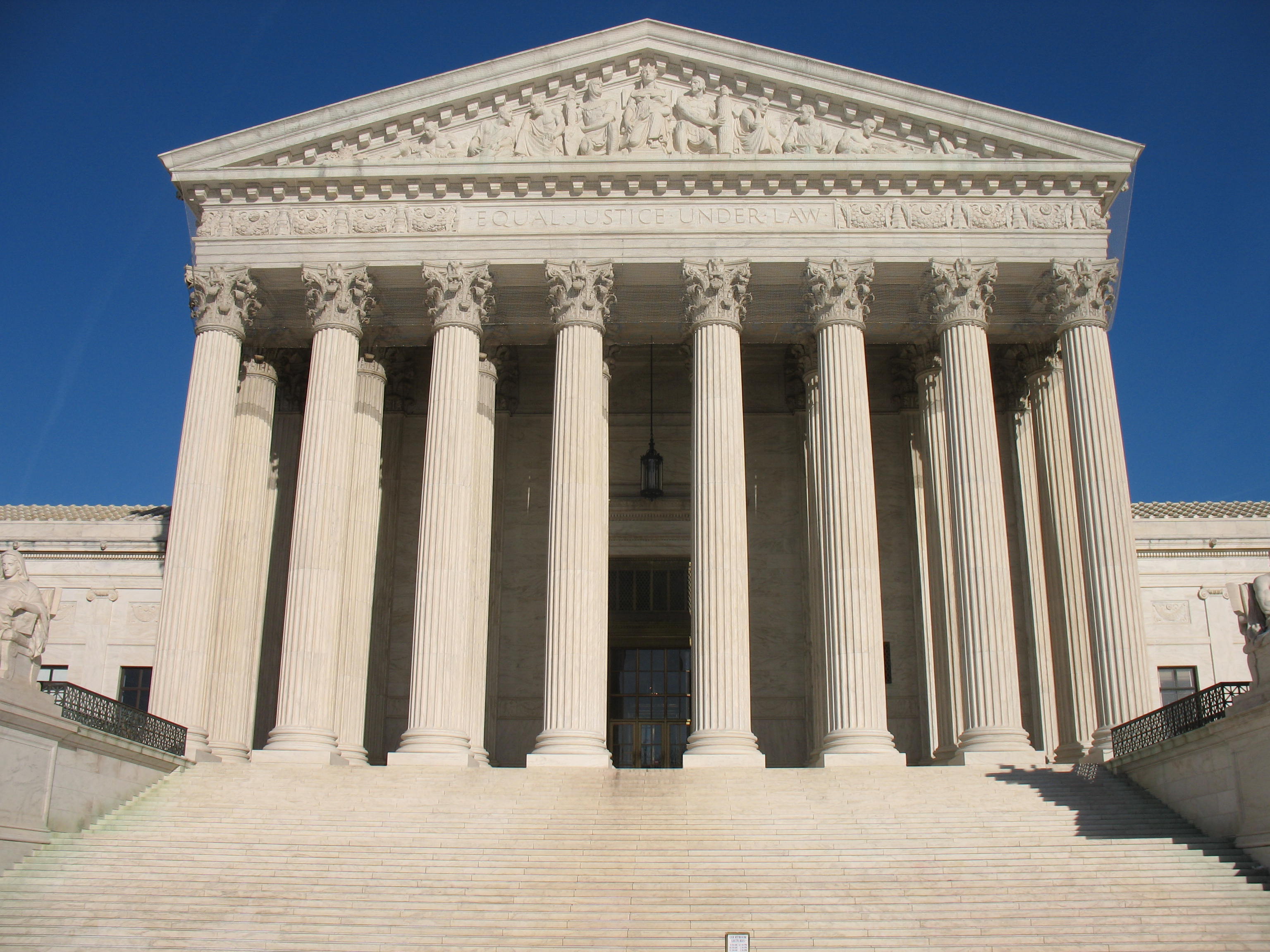The political establishment is scrambling as President Trump’s bold proposal to eliminate the Department of Education gains unstoppable momentum among American voters. What started as skeptical polling has transformed into majority support once families learn the constitutional and practical benefits of returning educational control to states and local communities where it belongs.
This isn’t just another campaign promise—it’s a constitutional restoration that strikes at the heart of Washington’s bloated administrative state while empowering parents and local school boards to reclaim their rightful authority over American children’s education.
**The Numbers Don’t Lie**
Initial polling showed mixed reactions to closing the Education Department, but those numbers flip dramatically once voters understand what this means for their families. Americans discover that eliminating this 1979 creation would save billions in taxpayer dollars currently funding Washington bureaucrats instead of actual teachers. More importantly, they learn it would end federal mandates that force divisive curriculum on local schools while restoring parental rights that have been systematically eroded by distant administrators.
The shift becomes even more pronounced when voters realize that states consistently outperform federal programs in educational innovation and student outcomes. Florida’s school choice revolution, Texas’s emphasis on practical skills, and other red-state success stories prove that local control delivers superior results for American families.
**Constitutional Clarity**
The founders never intended for Washington bureaucrats to control local schools. The Tenth Amendment explicitly reserves educational authority to states, making the Department of Education a textbook example of federal overreach that has failed spectacularly for over four decades. While other nations have strengthened their educational systems, America’s centralized approach has produced declining test scores, massive administrative bloat, and classrooms filled with social engineering experiments instead of rigorous academic content.
Trump’s proposal represents more than education reform—it’s a blueprint for dismantling the administrative state that has grown like a cancer throughout our constitutional system. By eliminating this department, America would signal a return to the founders’ vision of limited federal government that serves citizens rather than ruling over them.
**Economic Liberation**
Consider the staggering waste: billions of taxpayer dollars flow annually to Washington education bureaucrats who never set foot in actual classrooms. These resources could return directly to states, where governors and legislatures understand their communities’ needs better than any federal administrator ever could. States would compete to attract families through educational excellence rather than compliance with Washington’s one-size-fits-all mandates.
This competitive federalism would unleash innovation while driving down costs—exactly what happens when government operates closer to the people it serves. Parents would see immediate benefits as schools focus on core academics, American history, and practical skills instead of the latest ideological fads emanating from federal agencies.
**America First Education**
Without federal interference, communities could prioritize what matters most: preparing young Americans for productive careers and informed citizenship. Schools could teach authentic American history instead of divisive narratives designed to shame our nation’s heritage. Students could focus on mathematics, science, and literacy instead of being subjected to social experiments that belong nowhere near our classrooms.
The globalist education establishment understands what’s at stake—their decades-long project to reshape American values through centralized control faces its greatest threat since the department’s creation. Their panicked opposition only confirms that Trump’s proposal strikes at the heart of their institutional power.
**The Path Forward**
Patriots should monitor state-level preparations as governors position themselves to lead this transition from federal dependency to educational sovereignty. This movement signals a broader American awakening that will reshape governance across multiple sectors, restoring power to communities that understand their children’s needs.
Trump’s education proposal offers more than policy reform—it provides a roadmap for constitutional restoration that puts American families first. As support continues building, the question isn’t whether this transformation will happen, but how quickly states can prepare to reclaim their rightful authority over American education.





